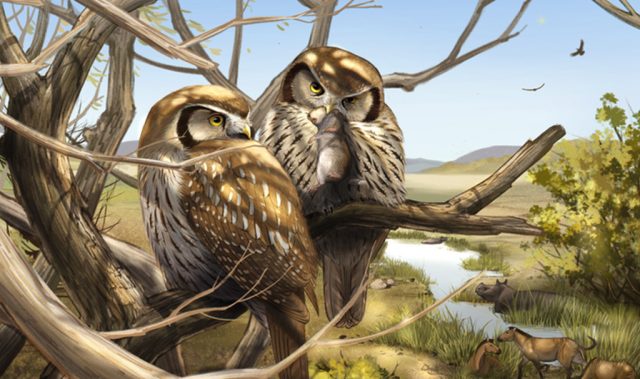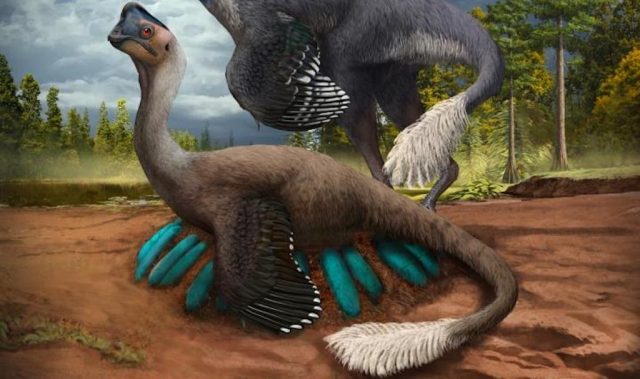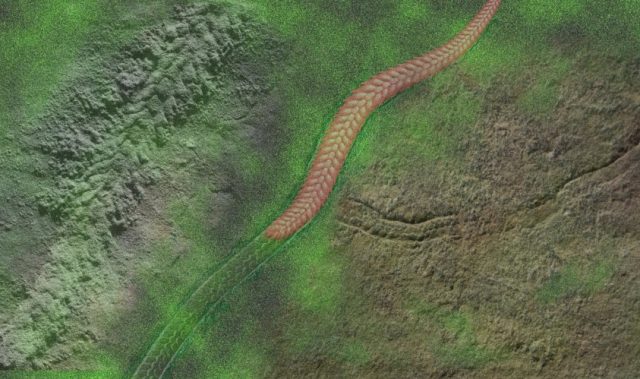
AsianScientist (Jul 18, 2014) – An international team of paleontologists has identified the exquisitely preserved brain in the fossil of one of the world’s first known predators that lived in the Lower Cambrian, about 520 million years ago. The discovery, published in Nature, revealed a brain that is surprisingly simple and less complex than those known from fossils of some of the animal’s prey.
Found in 2013 by lead author Dr. Cong Peiyun from the Yunnan Key Laboratory for Paleobiology at Yunnan University, the fossil is of an animal belonging to the group anomalocaridids, which translates to “abnormal shrimp.”
“Because its detailed morphology is exquisitely preserved, the fossil we describe is amongst the most complete anomalocaridids known so far,” Cong said.
Long extinct, these top predators were first discovered as fossils in the late 19th century but not properly identified until the early 1980s. They still have scientists arguing over where they belong in the tree of life.
“Our discovery helps to clarify this debate,” said Dr. Nicholas Strausfeld, director of the University of Arizona’s Center for Insect Science. “It turns out the top predator of the Cambrian had a brain that was much less complex than that of some of its possible prey and that looked surprisingly similar to a modern group of rather modest worm-like animals.”
The brain in the fossil, a new species given the name Lyrarapax unguispinus—Latin for “spiny-clawed lyre-shaped predator”—suggests its relationship to a branch of animals whose living descendants are known as onychophorans or velvet worms. These wormlike animals are equipped with stubby unjointed legs that end in a pair of tiny claws.
“Being able to directly associate appendages with parts of the brain in Cambrian animals is a huge advantage,” said co-author Dr. Gregory Edgecombe, at the Natural History Museum.
“For many years now paleontologists have struggled with the question of how different kinds of appendages in Cambrian fossils line up with each other and with what we see in living arthropods. Now for the first time, we didn’t have to rely just on the external form of the appendages and their sequence in the head to try and sort out segmental identities, but we can draw on the same tool kit we use for extant arthropods—the brain.”
The fact that the brain of the earliest known predator appears much simpler in shape than the previously unearthed brains of its contemporaries begs intriguing questions, according to Strausfeld, one of which is whether it is possible that predators drove the evolution of more complex brains.
“With the evolution of dedicated and highly efficient predators, the pressure was on other animals to be able to detect and recognize potential danger and rapidly coordinate escape movements. These requirements may have driven the evolution of more complex brain circuitry,” Strausfeld said.
The article can be found at: Cong et al. (2014) Brain Structure Resolves the Segmental Affinity of Anomalocaridid Appendages.
———-
Source: University of Arizona.
Disclaimer: This article does not necessarily reflect the views of AsianScientist or its staff.












